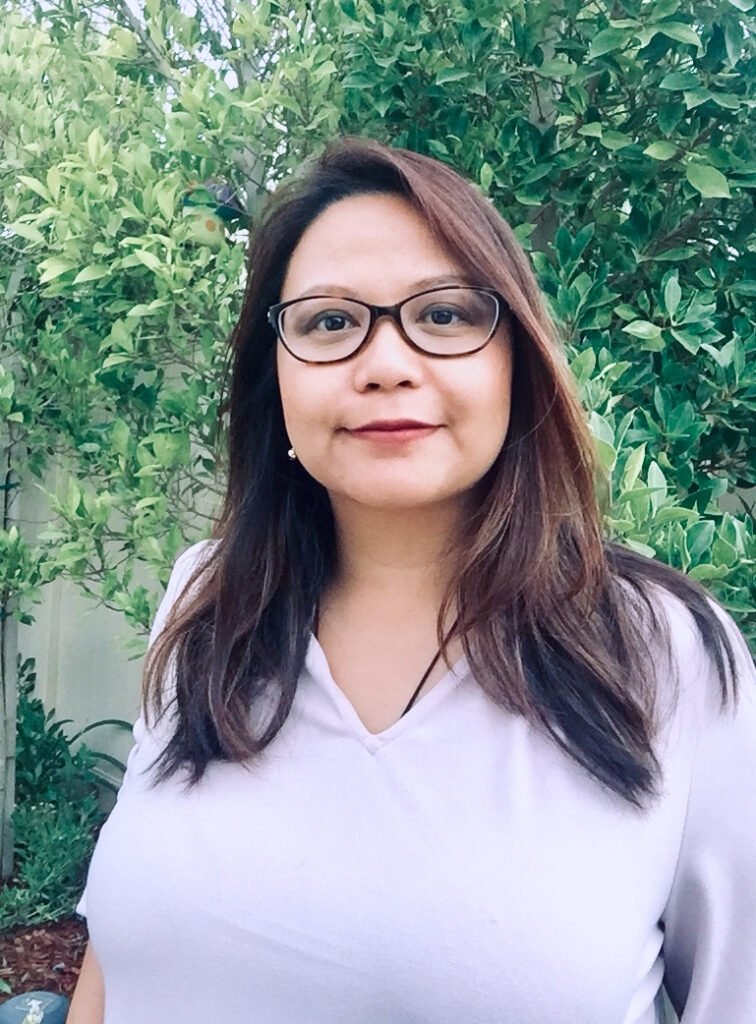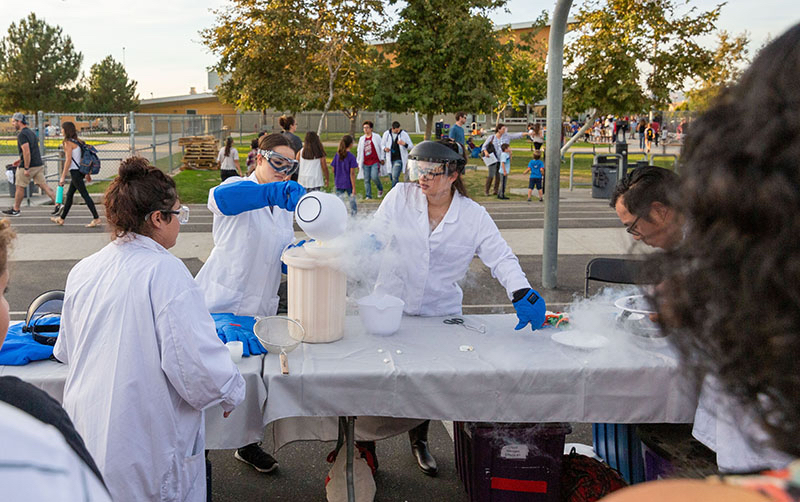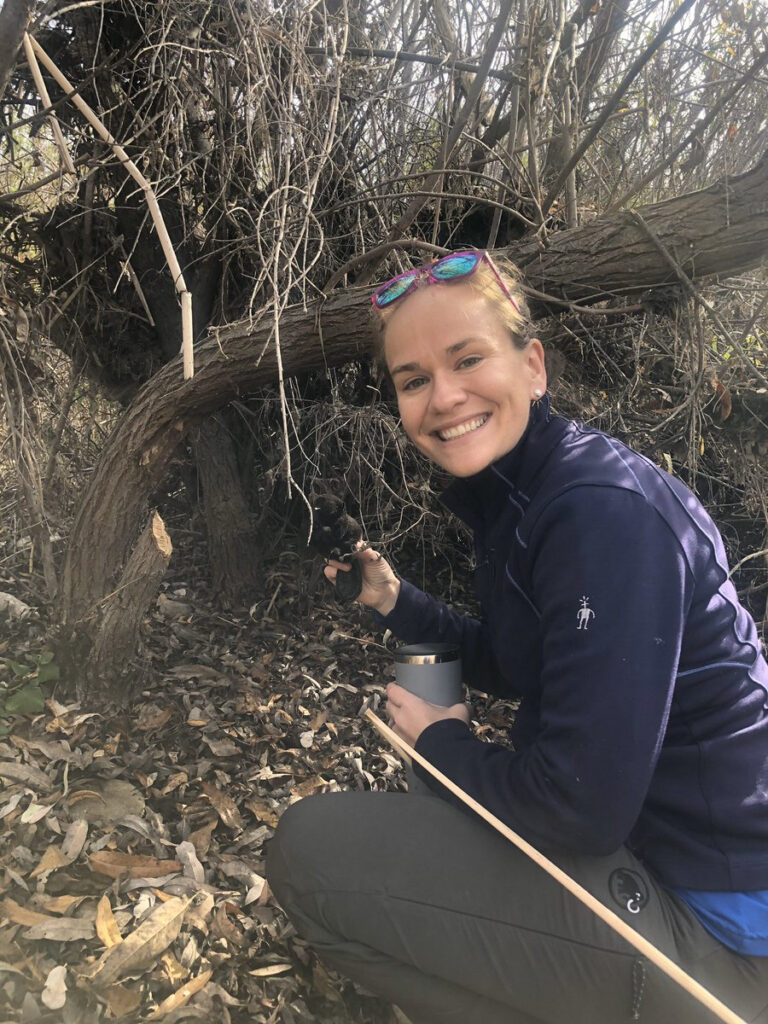CAMARILLO — CSU Channel Islands (CSUCI) has received four grants that will benefit university science and math students; primary and secondary school physical education classes across the state, and perhaps provide important research for California when the state makes wildfire policy.
The virtual learning environment prompted by the COVID-19 pandemic is creating some hurdles for all students, but may be especially challenging for students taking critical math courses necessary for them to major in one of the science, technology, engineering and math (STEM) fields.
Because of that, PROMESAS Project Director Araceli Espinoza-Wade applied for a grant to supplement a project called “Project PROMESAS: Pathways with Regional Outreach and Mathematics Excellence for Student Achievement in STEM.”
The project is designed to support STEM students, increase the number of Latinx students and other underserved students wishing to earn a degree in STEM, and make it easier for students to transfer between two-year Hispanic-Serving Institutions (HSIs) and four-year universities, among other support measures.
The original grant from the U.S. Department of Education was for $6 million. Espinoza-Wade received an additional $109,303 in supplemental funds. Professor of Chemistry Philip Hampton, Ph.D. and Professor of Mathematics Cynthia Wyels, Ph.D., were also involved with the grant.
Espinoza-Wade said the grant will be used to provide extra support for first-year math students during this period of virtual learning.
“It’s needed because what we’ve learned so far in this remote environment is that students who may need support don’t necessarily know how to go about requesting it,” Espinoza-Wade said. “When we’re on campus, students can walk by and encounter services, but it’s harder in a virtual environment.”
Espinoza-Wade said the plan is to create a STEM student success campaign that uses the campus chatbot, Ekhobot, to reach students on their mobile devices. Ekhobot would let students know about tutoring, connect them with a peer mentor and offer encouragement and support.
The CSU Office of the Chancellor has awarded Biology Lecturer Caryl Ann Becerra, Ph.D., $35,000 per year for a project called “California State University Louis Stokes Alliance for Minority Participation (CSU-LSAMP) STEM Pathways & Research Alliance.”
The 5-year grant, which goes through the CSU Office of the Chancellor, originates with the National Science Foundation. This is CSUCI’s portion of a grant that goes to all 23 CSU campuses. The purpose of the grant is to increase participation and diversity in STEM.
Each campus has a different focus such as retention or recruitment of STEM majors. CSUCI is using the grant to encourage STEM majors who would like to pursue an advanced degree.
The LSAMP program is open to students who are juniors or seniors and majoring in one of the STEM fields. Students in LSAMP meet twice a month to hear about how to select, apply, interview for and thrive in graduate programs through LSAMP alumni.
“We host panels, workshops, and guest speakers who work in STEM professions. The students learn how to present their research, navigate the exhibit hall at a conference to network, for example,” Becerra said. “In addition to advising and mentoring, we can also cover travel expenses to research conferences, the Graduate Record Examination (GRE) fees, we have a research mini-grant for materials like a robotics kits for students.”
The group also visits campuses such as UCLA and USC to meet with graduate advisors and get a feel for a graduate school environment.
Assistant Professor of Education Kara Naidoo, Ph.D. and Executive Director of the California Physical Education/Health Project Dianne Wilson-Graham have received $104,980 from the UC Office of the President for a project entitled “California Physical Education-Health Project Statewide Office.”
The grant will allow Naidoo and Wilson-Graham to expand an ongoing program in which they provide school districts all over the state with support for both teachers and administrators as they create K-12 physical education courses and build professional development programs.
Naidoo prepares CSUCI elementary school teacher candidates to teach health and physical education in their classrooms whereas Wilson-Graham’s work is primarily with K-12 schools throughout the state, although she is located on the CSUCI campus.
As difficult as it has been, Wilson-Graham said the pandemic is providing a unique opportunity for students to learn to weave physical activity into their daily lives, outside of the classroom.
“Physical education has never had a moment like this before,” Wilson-Graham said. “We typically provide physical education instruction in a school group environment—an environment that doesn’t mimic real life. But now kids are learning at home in the company of their families in a real world environment.”
This provides an opportunity to kids to learn how to integrate physical activity within their lives, Wilson-Graham said. Since learning went virtual, teachers are realizing that 98 percent of physical education learning can be learned individually, rather than in a group “but it’s a shift in thinking,” Wilson-Graham said. “This gives us the opportunity to think about a daily dose of physical activity in a variety of forms.”
Finally, Assistant Professor of Environmental Science and Resource Management Emily Fairfax, Ph.D., received $18,375 from Biodiversity First!, a non-profit conservation group based in San Luis Obispo County.
Entitled “2020 Biodiversity First! Research Grant: Beavers, Climate Change and Ecosystem Resilience,” is aimed at taking a holistic approach to study the impact of beavers living in the upper Salinas River. The grant will allow her to include at least eight students in the research.
“We’ll check the biodiversity in the area, find out if the beaver population is growing or shrinking, how much water they’re storing,” Fairfax said.
The amount of water stored is significant in light of Fairfax’s recent study showing that beavers act as nature’s fire prevention specialists by creating green oases with the dams they build. These green areas don’t burn as easily, serving as a firebreak, and helping provide a shelter for wildlife seeking to escape the flames.
“Over the summer, from May through October, the area got not one drop of rain,” Fairfax said. “But every time I visited, the beaver dammed area was this super-green, lush spot.”
The research will provide a compelling case study in wildfire prevention, Fairfax said.
“It could be an example of what California rivers could look like if they have actively-supported beaver populations where animals could take refuge during a fire,” Fairfax said. “It’s a habitat that has been maintained without us paying for it. That is huge.”
About California State University Channel Islands — CSU Channel Islands (CSUCI) is reimagining higher education for a new generation and era. We are an innovative higher education institution that enables students to succeed and thrive – serving as an engine for social and economic vitality that provides the intellectual resources necessary for a thriving democracy. With more than 7,000 students, 1,200 employees and 14,000 alumni, CSUCI is poised to grow in size and distinction, while maintaining one of the most student-focused learning environments in public higher education. Connect with and learn more by visiting www.csuci.edu or CSUCI’s Social Media.



